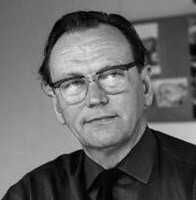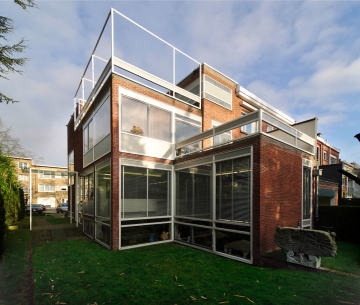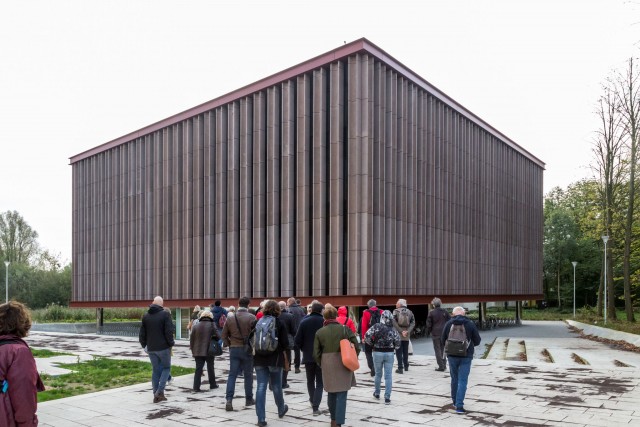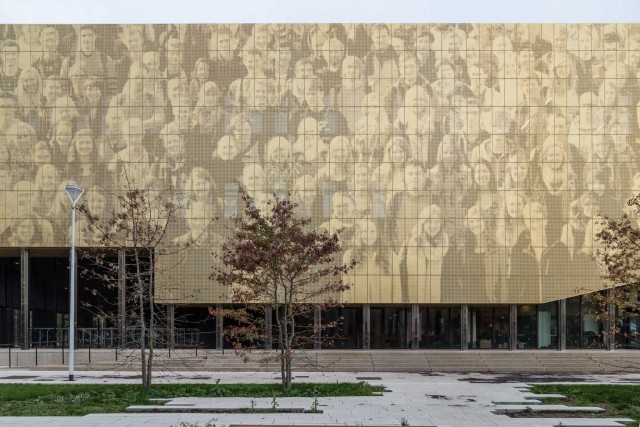Renaat Braem

Renaat Braem (°Antwerp, 29 August 1910 – †Essen, 31 January 2001) was a Belgian architect and urban planner in the latter half of the twentieth century.
He graduated as an architect from the Royal Academy of Fine Arts in Antwerp in 1935, with a constructivism-inspired design for a linear city between Antwerp and Liège. He received the biannual Prix Godecharle the same year. Braem used the money of the award to study abroad, working at the studio of Le Corbusier in 1936 and 1937. He became a member of the Congrès International d’Architecture Moderne in 1937, and his first architectural realisations in these pre-war years were rooted firmly in the new “modern” style.
His work was faithful to the Athens Charter of the CIAM until the late 1960s, when his work became less rigid and more organic. In 1968, he wrote ‘Het lelijkste land ter wereld’ (“The most ugly country in the world”), an essay against the postwar spatial planning of Belgium with an ecological warning as well. Renaat Braem published his memoirs Het schoonste land ter wereld (The most beautiful country in the world) in 1987.
His private home, built in 1955, and all its contents (archive, library, furniture) was legated to the Flemish Community in 1999. His house was transformed into a museum, the second of its kind in Belgium after the Horta Museum in Brussels.








